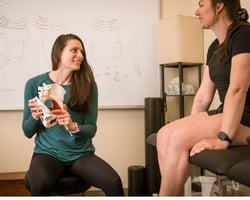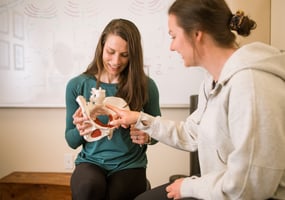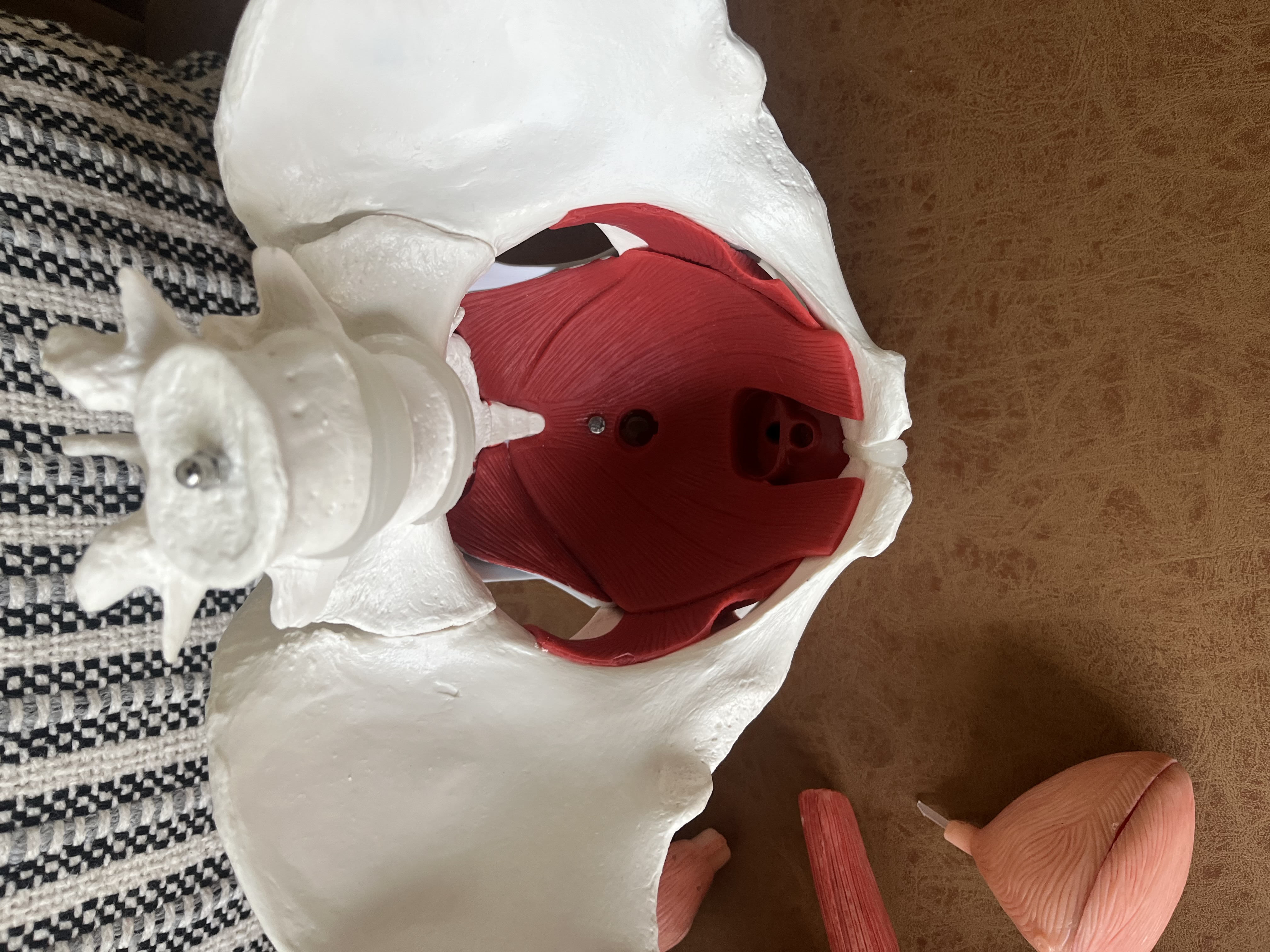When people hear “pelvic floor therapy,” they often think of postpartum care or doing Kegels—and...
Beyond the Six-Pack: Optimize Core Engagement with the Transverse Abdominis
The transversus abdominis is a critical muscle for core stability and overall strength. Located in the lower abdomen, it plays a vital role in creating a stable base for our limbs to work from. In this article, we will discuss how to locate and engage your transverse abdominis and provide tips and strategies for optimal engagement.
Understanding the Transversus Abdominis
The transversus abdominis is a thin, broad muscle that runs horizontally across the lower abdomen. As the muscle tightens, it cinches the abdomen, creating stability at our center. Unlike our obliques and rectus abdominis (the "6-pack" muscle), the transverse abdominis is not a "mover" muscle and is not meant to flex our trunk.
The transverse abdominis creates stability prior to movement, and this should happen automatically. However, during isolated core exercises, we can become lazy and let this muscle slack. This can lead to back pain, hip pain, pelvic floor dysfunction, or difficulty engaging the core.
Locating Your Transversus Abdominis
You can locate your transverse abdominis by lying on your back with your knees bent and feet flat on the floor. Place a couple of fingertips just inside the front of your Anterior superior iliac spine (ASIS), the front tip of your pelvic bones. When you "brace" your abdomen or "engage your core," observe what happens at this spot. Does your abdomen pop up into your fingertips, sink down, or remain at the same level but gain tension?
Ideally, you should gain tension in this area without pressure from the abdomen pushing up into your fingers.


Strategies and Tips for Engaging the Transverse Abdominis
To engage your transverse abdominis, exhale a full breath through pursed lips until all of your air is expelled. Notice how your abdomen draws in tighter and cinches the more air that is expelled. Try to recreate this tension in the belly with a less dramatic exhale.
Common mistakes when engaging the transverse abdominis include gripping through the upper abs and bracing as hard as possible. To prevent these mistakes, place one hand on your lower rib cage in the front and ensure that you're not doing a crunch at the same time. The transverse abdominis muscle works at a low level during many activities throughout the day, so adjust the contraction to match the difficulty of your activity.
Awareness of this engagement and how it differs from your natural engagement strategy is crucial. If you know how it feels to engage optimally, you will have better awareness of when you are not engaging optimally.
Engaging the transverse abdominis should be a prerequisite for more challenging core exercises. By mastering this muscle, you will improve your overall core strength and stability.
Incorporating transverse abdominis engagement into your fitness routine can significantly improve your core strength and stability. However, if you are experiencing difficulty engaging your transverse abdominis or are struggling with back pain, hip pain, or pelvic floor dysfunction, it may be helpful to seek guidance from a pelvic floor physical therapist.
We can provide personalized exercises and strategies to help you engage your transverse abdominis effectively and safely. With our help, you can strengthen your core and improve your overall physical well-being. Don't hesitate to reach out for support on your journey to optimal health!
-Ashten




